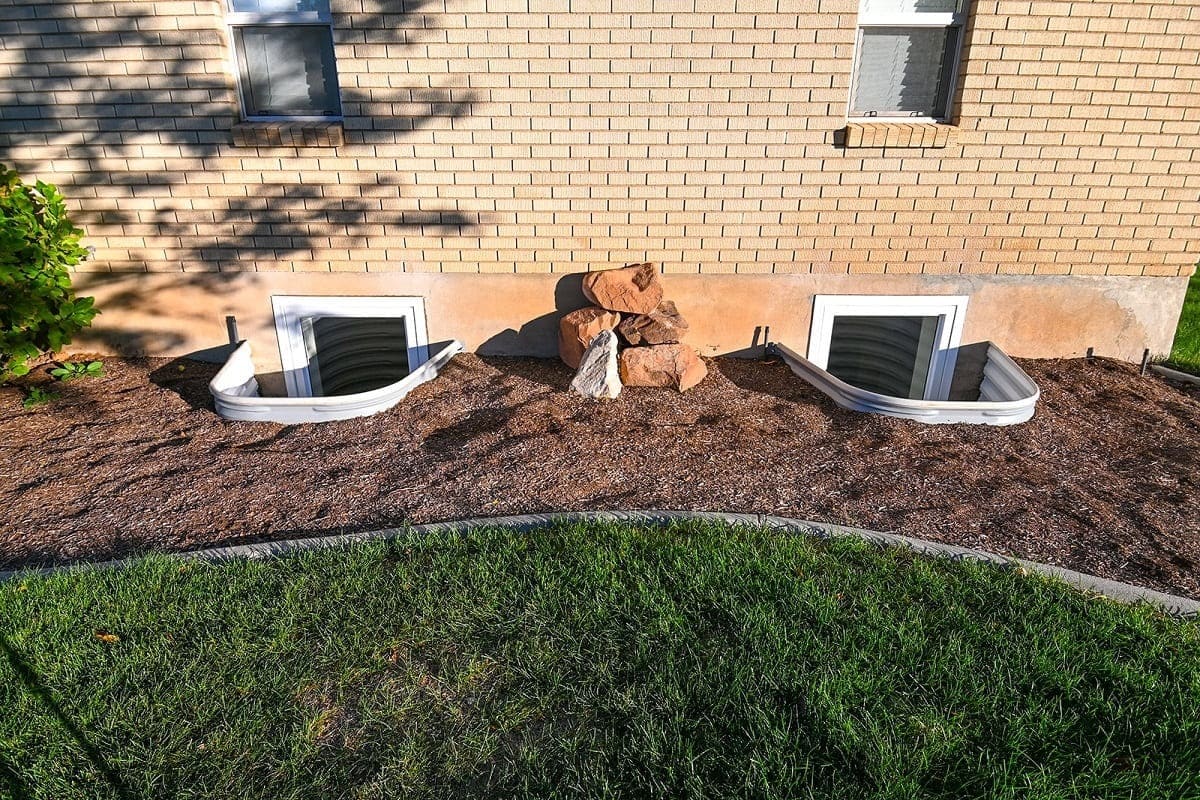

Articles
What Is A Basement Window Called
Modified: May 6, 2024
Discover the name of the window specifically designed for basements and learn more interesting articles about basement windows.
(Many of the links in this article redirect to a specific reviewed product. Your purchase of these products through affiliate links helps to generate commission for Storables.com, at no extra cost. Learn more)
Introduction
Welcome to the world of basement windows! If you’ve ever wondered what a basement window is called or why it plays a crucial role in your underground space, you’ve come to the right place. In this article, we will delve into the definition, types, importance, and installation process of basement windows. So, let’s roll up our sleeves and explore the fascinating world of these often-overlooked architectural features.
Basement windows are unique openings that provide natural light, ventilation, and safety in below-grade areas. Unlike traditional windows found in above-ground rooms, basement windows are specifically designed to withstand the unique challenges of being situated below the ground level.
When it comes to terminology, basement windows are commonly known by various names, including cellar windows, below-grade windows, or subterranean windows. Whatever term you use, they serve an essential purpose in basement construction – bringing light and air into an otherwise dark and stagnant space.
Basement windows come in a variety of shapes, sizes, and designs. They can be categorized into two major types: egress and non-egress windows. The choice between these two types depends on the specific needs of your basement and local building codes.
Egress basement windows are those that meet specific requirements set by building codes to serve as emergency exits. They are typically larger in size and have special features to allow easy escape and access for emergency personnel. Non-egress basement windows, on the other hand, are primarily meant for light, ventilation, and aesthetics, but do not meet the egress requirements.
The importance of basement windows should not be underestimated. They work hand-in-hand with other structural elements to create a safe and comfortable environment in your basement. Properly sized and installed windows can help prevent moisture issues, improve air quality, and enhance the overall livability of the space.
Key Takeaways:
- Basement windows, whether egress or non-egress, are essential for safety, natural light, and ventilation in the underground space. Understanding their types, installation, and maintenance is crucial for creating a functional and inviting basement environment.
- Prioritizing safety measures, proper installation, and regular maintenance of basement windows can significantly enhance the security, energy efficiency, and overall value of your basement. Investing in high-quality windows transforms the underground space into a comfortable and enjoyable area.
Read more: What Are Ceiling Windows Called
Definition of a Basement Window
Before diving deeper into the world of basement windows, let’s start by understanding what exactly a basement window is. A basement window is an opening in the foundation walls of a building that allows natural light and ventilation to enter the underground space. It serves as a connection between the lower level of a structure and the outside world.
Basement windows are typically smaller than windows in above-ground rooms due to the limitations of the underground space. They are designed to fit within the foundation walls while providing essential functions such as light, fresh air, and a visual connection to the exterior.
These windows differ from traditional above-ground windows in their construction and installation. Since basement windows are installed in below-grade areas, they need to be able to withstand the pressure exerted by the surrounding soil and the risk of water infiltration. They are made with specialized materials and techniques to ensure their durability and resistance to potentially harsh conditions.
In addition to their functional aspects, basement windows also contribute to the aesthetic appeal of a basement. They can be designed to match the architectural style of the house and create a pleasant view from within the underground space. The type, size, and placement of the windows can play a significant role in the overall design and ambiance of the basement area.
Overall, basement windows play a crucial role in transforming a dark and enclosed basement into a bright and welcoming space. They provide natural light, fresh air, and a connection to the outside world, making the basement a more livable and enjoyable area.
Types of Basement Windows
Basement windows come in a variety of types, each with its own unique characteristics and purposes. Understanding the different types of basement windows can help you make an informed decision when it comes to selecting the right windows for your underground space. Let’s explore the two main types of basement windows: egress and non-egress.
Egress Basement Windows
Egress basement windows are designed to meet specific building code requirements for emergency exits. These windows are larger in size and have special features to facilitate easy escape and access for emergency personnel. The primary purpose of egress windows is to provide a safe exit in case of a fire or other emergencies.
Building codes typically specify the minimum size and dimensions for egress windows. In the United States, for example, the International Residential Code (IRC) states that a basement bedroom requires at least one egress window. The minimum clear opening width should be 20 inches, the minimum clear opening height should be 24 inches, and the window well should have a minimum width of 36 inches.
Egress basement windows often have hinged or sliding sashes that can be opened fully for easy evacuation. They may also feature built-in window wells with steps or ladders for safe and convenient access. These windows not only provide a means of escape but also allow natural light to enter the basement, making the space more inviting and habitable.
Non-Egress Basement Windows
Non-egress basement windows, as the name suggests, do not meet the specific requirements for emergency exits. These windows are primarily designed for natural light, ventilation, and aesthetic purposes. They are generally smaller in size compared to egress windows and may not feature special safety features.
Non-egress basement windows offer the benefits of natural light and fresh air while enhancing the overall look of the basement space. They are available in various styles, including sliding, casement, awning, or fixed windows. The type of non-egress window you choose depends on your personal preference, the layout of your basement, and the desired functionality.
When selecting non-egress basement windows, it is essential to consider factors such as energy efficiency, durability, and resistance to moisture. Since basement windows are exposed to potential water infiltration and high humidity levels, choosing windows with proper sealing and moisture-resistant materials is crucial to prevent moisture-related issues in your basement.
Both egress and non-egress basement windows have their own advantages and considerations. Whether you opt for egress windows to meet safety requirements or non-egress windows for light and aesthetics, it’s important to consult with a professional to ensure compliance with local building codes and to choose windows that suit the specific needs of your basement.
Read more: What Are Attic Windows Called
Egress Basement Windows
Egress basement windows play a critical role in ensuring the safety and security of a basement space. These windows are specifically designed to meet building code requirements for emergency exits, enabling occupants to escape in the event of a fire or other emergency situations. Let’s delve deeper into the features and benefits of egress basement windows.
One of the primary purposes of egress windows is to provide a clear and accessible escape route. Building codes set specific criteria for egress window size and location to ensure that occupants can exit the basement safely and swiftly. These codes vary depending on the jurisdiction, but generally, they specify dimensions for the window opening, window well size, and minimum clear opening area.
Egress basement windows are typically larger than non-egress windows to allow for easy passage. The minimum size requirements usually mandate a specific width and height for the window opening. The well around the window should also provide sufficient space for a person to climb out comfortably. Additionally, egress windows can be equipped with safety features such as steps or ladders to facilitate a quick and secure exit.
Besides serving as emergency exits, egress basement windows offer several other benefits. First and foremost, they allow natural light to flood the basement space. This contributes to a more pleasant and inviting atmosphere, making the basement feel less like a dark and confined area. The influx of natural light can also make the basement space feel larger and more connected to the outdoors.
Furthermore, egress windows provide ventilation to the basement, improving air circulation and preventing the buildup of stale air or dampness. Proper ventilation in a basement is crucial for maintaining healthy air quality and reducing the risk of mold or mildew growth. Egress windows can be opened to let in fresh air, ensuring a comfortable and habitable environment.
It’s important to note that egress window installation must comply with local building codes and regulations. Consulting with a professional is highly recommended to ensure proper placement, sizing, and adherence to safety requirements. Investing in adequate egress basement windows not only provides peace of mind in terms of emergency preparedness but also enhances the overall value and usability of your basement space.
In summary, egress basement windows are designed to meet safety standards and provide a means of escape in case of emergencies. They bring natural light and ventilation into the basement while ensuring compliance with building codes. By installing egress windows, you can create a safer, brighter, and more enjoyable underground space.
Non-Egress Basement Windows
Non-egress basement windows, although they do not meet the specific requirements for emergency exits, still serve an essential role in basement design. These windows are primarily designed for bringing natural light, ventilation, and aesthetic appeal into the underground space. Let’s explore the features and benefits of non-egress basement windows.
One of the main advantages of non-egress basement windows is their ability to introduce natural light into an otherwise dark and enclosed environment. Basements are typically devoid of windows or have small, high-up windows, resulting in a lack of natural sunlight. Non-egress windows, whether they are sliding, casement, awning, or fixed windows, can help brighten up the space and create a more inviting atmosphere.
In addition to providing natural light, non-egress basement windows offer the opportunity for increased ventilation. Proper airflow is crucial in basements, as it helps reduce moisture levels and prevent musty odors or mold growth. Non-egress windows can be opened to allow fresh air to circulate, contributing to a healthier and more comfortable basement environment.
Non-egress windows also play a significant role in the aesthetic aspect of basement design. They provide a visual connection between the basement and the outside world, creating a more expansive and integrated feel. These windows can be customized to match the architectural style of the house, adding a touch of elegance and uniqueness to the underground space.
When choosing non-egress basement windows, it is important to consider factors such as energy efficiency and moisture resistance. Basement windows are exposed to potential water infiltration and high humidity levels, so selecting windows with good sealing properties and moisture-resistant materials is essential to prevent moisture-related issues in your basement.
It’s worth noting that while non-egress basement windows may not serve as emergency exits, it is still important to prioritize safety in the basement. Installing smoke detectors, fire extinguishers, and maintaining clear and accessible pathways are crucial for emergency preparedness in any basement space. Consult with a professional to ensure compliance with local building codes and safety regulations.
In summary, non-egress basement windows contribute to the functionality, aesthetics, and overall livability of basement spaces. They bring in natural light, allow for ventilation, and enhance the visual connection to the outside world. While they don’t meet the requirements of emergency exits, they still play an essential role in creating a comfortable and enjoyable underground environment.
Importance of Basement Windows
Basement windows are often overlooked, but they play a crucial role in the functionality, comfort, and overall value of a basement space. Let’s explore the importance of basement windows and why they should not be underestimated when it comes to basement design and construction.
Natural Light: One of the primary reasons why basement windows are important is their ability to bring natural light into the underground space. Basements are typically dark and lack access to daylight. By introducing windows, you can illuminate the area and create a brighter, more inviting atmosphere. Natural light not only enhances the aesthetic appeal of the space but also has a positive impact on our mood and well-being.
Ventilation: Proper ventilation is essential in basements to prevent issues like moisture buildup, stale air, and odors. Basement windows provide an opportunity for fresh air to circulate, improving air quality and reducing the risk of mold or mildew growth. Ventilation also helps regulate temperature and control humidity levels, creating a more comfortable environment in the basement.
Energy Efficiency: Well-designed basement windows can contribute to energy efficiency in the overall building envelope. Energy-efficient windows help to minimize heat loss during the colder months and prevent heat gain during the hotter months. By reducing the need for mechanical heating or cooling, basement windows can help save energy and lower utility costs.
Emergency Egress: Egress basement windows, specifically designed to serve as emergency exits, are of utmost importance in providing safety and peace of mind. In the event of a fire or other emergencies, these windows offer a clear and accessible escape route, allowing occupants to quickly exit the basement and reach a safe area outside. Installing proper egress windows ensures compliance with building codes and enhances the overall safety of the basement space.
Aesthetics and Value: Basement windows can significantly enhance the visual appeal of the underground space. They create a connection to the outdoors, providing a view and a sense of openness. Well-designed windows can be a focal point of the basement, adding beauty and elegance to the overall design. Additionally, basement windows contribute to the value of the property, as they increase the livable space and improve the overall market appeal.
Daylight Basements: Some basements are designed to serve as livable areas known as “daylight basements.” These basements are partially or fully above ground level and have large, full-size windows that maximize natural light and outdoor views. Daylight basements provide additional living space and can become an extension of the main floor, offering a comfortable and bright environment for various activities.
To fully realize the importance of basement windows, it is crucial to consider the specific needs and requirements of your basement space. Determine whether you need egress windows for safety, non-egress windows for light and ventilation, or even daylight basement windows for a truly transformative experience. Consulting with a professional can help you make informed decisions and create a basement that is functional, comfortable, and aesthetically pleasing.
Common Problems with Basement Windows
While basement windows are essential for bringing light, ventilation, and safety to your underground space, they can also encounter various issues over time. Understanding these common problems with basement windows can help you identify and address them promptly. Let’s explore some of the most frequent challenges homeowners face with basement windows.
Read more: What Is A Window Seat Called
1. Water Infiltration:
Water infiltration is a common issue in basements, and basement windows are particularly vulnerable. Improper installation, deteriorating seals, or cracks in the window frames can allow water to seep into the basement. This can lead to water damage, mold growth, and decreased energy efficiency. Regular inspection and proper maintenance of the windows and surrounding areas are essential to prevent water infiltration issues.
2. Condensation:
Basement windows are prone to condensation due to the temperature differences between the indoor and outdoor environments. Condensation can result in water accumulation on the windows and window sills, leading to moisture-related problems. Improving insulation, properly ventilating the basement, and using dehumidifiers can help reduce condensation on basement windows.
3. Air Leaks:
Poorly sealed or poorly insulated basement windows can allow air leaks, which can result in drafts and energy loss. Air leaks can make the basement uncomfortable and increase heating and cooling costs. Adding weatherstripping, caulking gaps, or considering window replacement can help address air leakage issues and improve energy efficiency.
4. Window Well Drainage Issues:
Window wells surrounding basement windows can collect water and become prone to flooding if not properly drained. This can result in water seeping through the windows or even entering the basement through the window well. Installing proper drainage systems, such as gravel or a drainpipe, can help prevent window well drainage issues.
Read more: What Is An Egress Window In A Basement
5. Insufficient Light and Ventilation:
Some basements may have small, high-up windows or lack windows altogether, which can result in insufficient natural light and poor ventilation. This can make the basement feel dark, stuffy, and unwelcoming. Installing larger or additional windows, or using techniques like light wells or sun tunnels, can help address these issues and improve the basement environment.
6. Aging or Damaged Window Frames:
Over time, window frames can deteriorate due to exposure to moisture, sunlight, or other factors. Cracked or rotted frames can compromise the integrity of the windows, leading to water leaks, air leaks, and decreased insulation. Regular inspection and timely repair or replacement of aging or damaged window frames are essential to maintain the functionality and efficiency of basement windows.
To address these common problems and ensure the longevity and performance of your basement windows, it’s advisable to consult with a professional. They can provide expert advice, recommend appropriate solutions, and assist with the proper maintenance, repair, or replacement of your basement windows. Taking proactive measures will help you create a comfortable, safe, and enjoyable basement space.
Basement Window Safety Measures
When it comes to basement windows, safety is of utmost importance. Whether you have egress or non-egress windows, implementing proper safety measures can help prevent accidents and ensure the well-being of everyone in your home. Let’s explore some essential safety measures to consider for your basement windows.
1. Install Window Well Covers:
Window well covers are a vital safety feature for basement windows, especially those situated at or below ground level. These covers help prevent accidental falls, keep debris out of the window well, and protect your windows from damage. Window well covers are available in various materials, such as plastic or metal, and can be customized to fit your specific window wells. Ensure that the covers you choose are sturdy, securely attached, and comply with local building codes.
Read more: What Is The Rubber Around Car Windows Called
2. Maintain Clear Window Wells:
It’s essential to keep the area around your window wells clear and free of debris or obstructions. Remove any objects that could impede access to the windows or hinder escape in case of an emergency. Regularly inspect and clear away leaves, branches, or other debris that could accumulate in the window wells and potentially impede the operation of the windows.
3. Install Window Well Escapes:
For egress basement windows, consider installing window well escapes, such as ladders or steps. These provide a secure means of climbing out of the window well and escaping the basement during an emergency. Make sure the escapes are sturdy, easily accessible, and properly installed according to building code requirements. Test them regularly to ensure they are in good working condition.
4. Secure Basement Window Locks:
Properly functioning window locks are crucial for preventing unauthorized access to your basement and ensuring the safety of your home. Make sure that your basement windows have secure locking mechanisms that are operable and in good condition. Regularly check the locks and make any necessary repairs or replacements to ensure they are effective in preventing unwanted entry.
5. Install Window Restrictors:
Window restrictors are devices that allow you to limit the opening distance of your basement windows. They are particularly useful for homes with young children to prevent accidental falls. Window restrictors can be easily installed and adjusted to control the maximum opening size, providing added safety and peace of mind.
Read more: How To Measure Basement Windows
6. Install Escape Windows Signs:
For homes with egress basement windows, consider installing escape window signs near the windows. These signs can serve as a visual reminder of the location and purpose of the windows, helping occupants quickly locate them during an emergency. Place the signs in a prominent and easily visible location, ensuring they have reflective properties for enhanced visibility in low light conditions.
Implementing these safety measures will help enhance the security and well-being of your home. It’s important to regularly inspect and maintain your basement windows, ensuring that they are in proper working condition and comply with local building codes. Consult with a professional if you have any concerns or questions regarding the safety of your basement windows.
Basement Window Installation Process
Installing basement windows requires careful planning, precise measurements, and the right tools and materials. While it is recommended to hire a professional for this task, having a basic understanding of the installation process can help you better communicate with contractors and ensure that the job is done correctly. Here’s a general overview of the basement window installation process:
1. Preparation:
Before starting the installation, it’s important to prepare the work area. Clear the space around the intended window location, both inside and outside of the basement, and remove any obstructions or debris. Ensure that the window opening is clean, level, and free of any obstructions that may hinder proper installation.
2. Measurements:
Accurate measurements are crucial for a successful window installation. Measure the width, height, and depth of the window opening to determine the appropriate size of the window that needs to be installed. Consider the window frame dimensions as well, as it may affect the overall size requirements.
Read more: How To Open Basement Window
3. Window Selection:
Choose the type and style of window that suits your needs and meets local building codes. Consider factors such as energy efficiency, durability, and moisture resistance. Depending on the type of window chosen, it may come with specific installation instructions and requirements. Ensure that the window you select fits the dimensions of the window opening appropriately.
4. Window Well Installation:
If your basement window requires a window well, install it according to the manufacturer’s specifications and local building codes. Excavate the area around the window opening to create enough space for the window well. Use proper drainage techniques, such as gravel or a drainpipe, to prevent water accumulation and potential water damage.
5. Window Installation:
With the window well in place (if required), it’s time to install the window. Position the window in the center of the window opening, ensuring it is level, plumb, and square. Secure the window to the foundation using appropriate fasteners to ensure stability and proper sealing. Follow the manufacturer’s instructions for attaching the window and installing any necessary hardware, such as locks or handles.
6. Insulation and Sealing:
Proper insulation and sealing are essential to prevent air leaks, water infiltration, and energy loss. Apply appropriate insulation materials, such as expanding foam or insulation strips, around the window frame to create a tight seal. Additionally, seal any gaps or cracks with caulk or weatherstripping to further enhance the window’s energy efficiency and weather resistance.
Read more: How To Seal A Basement Window
7. Finishing Touches:
Once the window is securely installed and sealed, finish the project by applying any desired interior or exterior finishes. This can include painting or staining the window frame, adding trim, or installing interior window treatments such as blinds or curtains. These finishing touches add a polished look to the window and complement the overall design of your basement.
Remember, proper installation is crucial for the functionality, durability, and energy efficiency of your basement windows. If you’re not confident in your DIY skills, it’s recommended to hire a professional contractor who specializes in basement window installations. They have the expertise and tools to ensure a proper and secure installation, giving you peace of mind knowing that your basement windows are installed correctly.
Conclusion
Basement windows may often be overlooked, but they play a vital role in the functionality and overall appeal of your basement. Whether you opt for egress or non-egress windows, installing quality windows that meet safety standards will significantly enhance your basement space.
Understanding the types of basement windows available and their specific purposes can help you make informed decisions based on your needs and local building codes. Egress basement windows provide emergency exits and bring natural light and fresh air into the basement, enhancing safety and creating a habitable space. On the other hand, non-egress windows contribute to light, ventilation, and aesthetics, transforming the basement into a welcoming environment.
By prioritizing safety measures like window well covers, clear window wells, secure locks, and window restrictors, you can minimize the risk of accidents and ensure the well-being of your household. Regular maintenance, such as inspecting for water infiltration, condensation, air leaks, and aging frames, will help address issues promptly and maintain the performance and energy efficiency of your basement windows.
The installation process of basement windows involves careful preparation, precise measurements, appropriate window selection, and proper insulation and sealing. While it is recommended to hire a professional contractor for this task, having a basic understanding of the process will enable effective communication and ensure a successful installation.
In conclusion, basement windows are indispensable components of a functional, safe, and visually appealing basement. They provide natural light, ventilation, emergency exits, and a connection to the outside world. With proper selection, installation, and maintenance, basement windows can transform an otherwise dark and confined space into a comfortable, inviting area that enhances the value and enjoyment of your home.
Whether you are renovating an existing basement or building a new one, investing in high-quality basement windows is a decision that will positively impact the livability and functionality of the underground space. So, take the time to explore your options, consult professionals when needed, and create a basement that you and your family can truly enjoy for years to come.
Now that you're savvy about basement windows, why not ensure their surroundings are just as robust? Dive into our next piece on keeping basement spaces dry and secure. Here, you'll learn all about basement waterproofing, a crucial step for maintaining a healthy, mold-free environment below your home. Don't miss out on these expert tips and solutions for a safer and more comfortable living space.
Frequently Asked Questions about What Is A Basement Window Called
Was this page helpful?
At Storables.com, we guarantee accurate and reliable information. Our content, validated by Expert Board Contributors, is crafted following stringent Editorial Policies. We're committed to providing you with well-researched, expert-backed insights for all your informational needs.
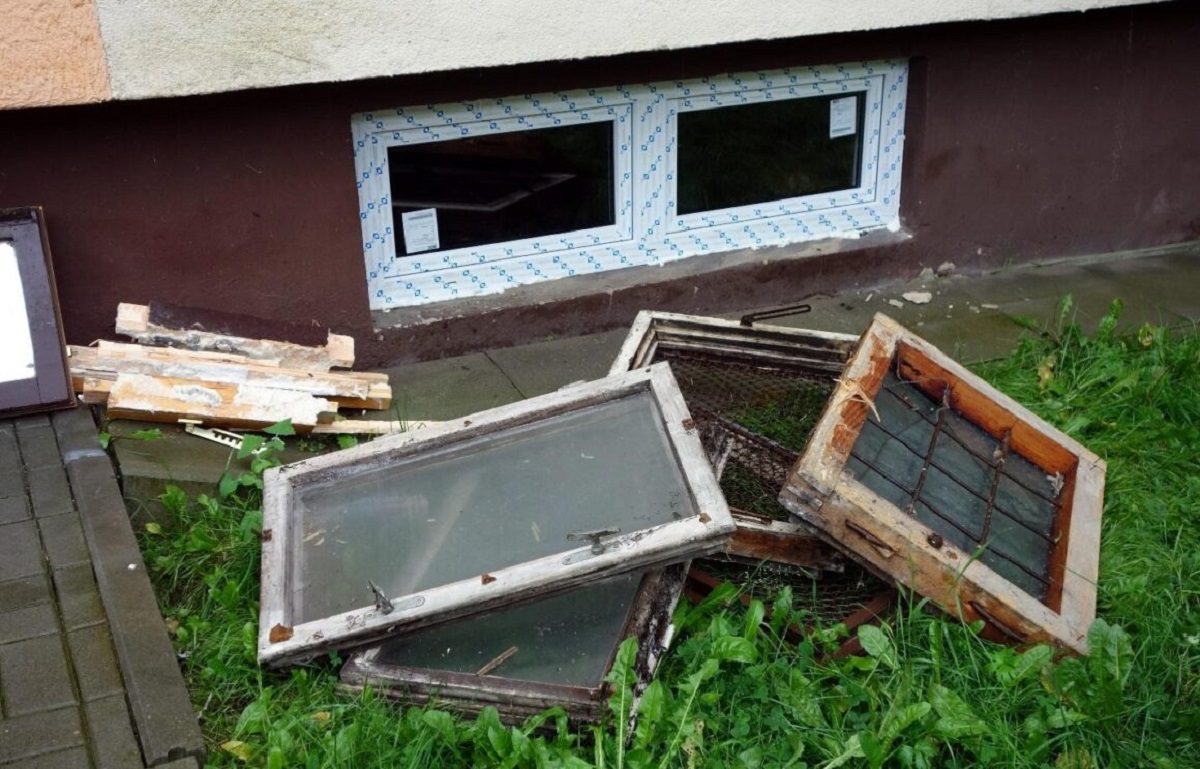
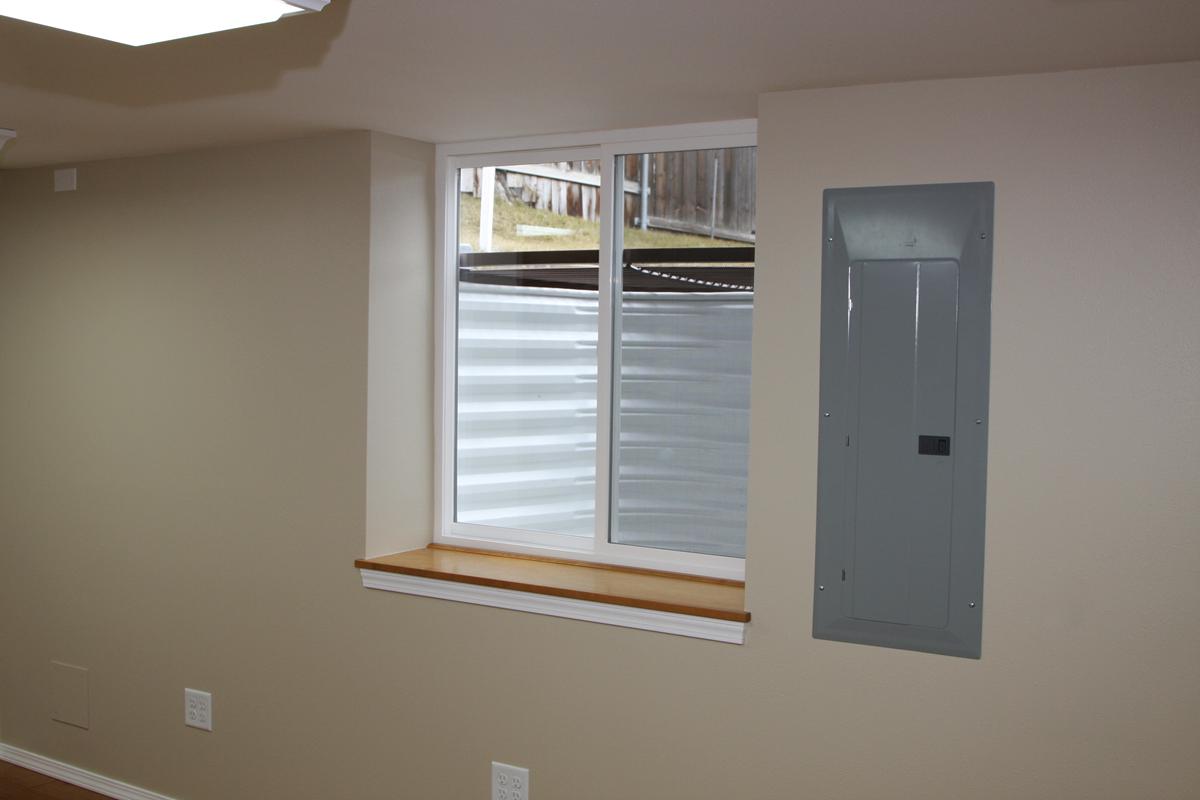
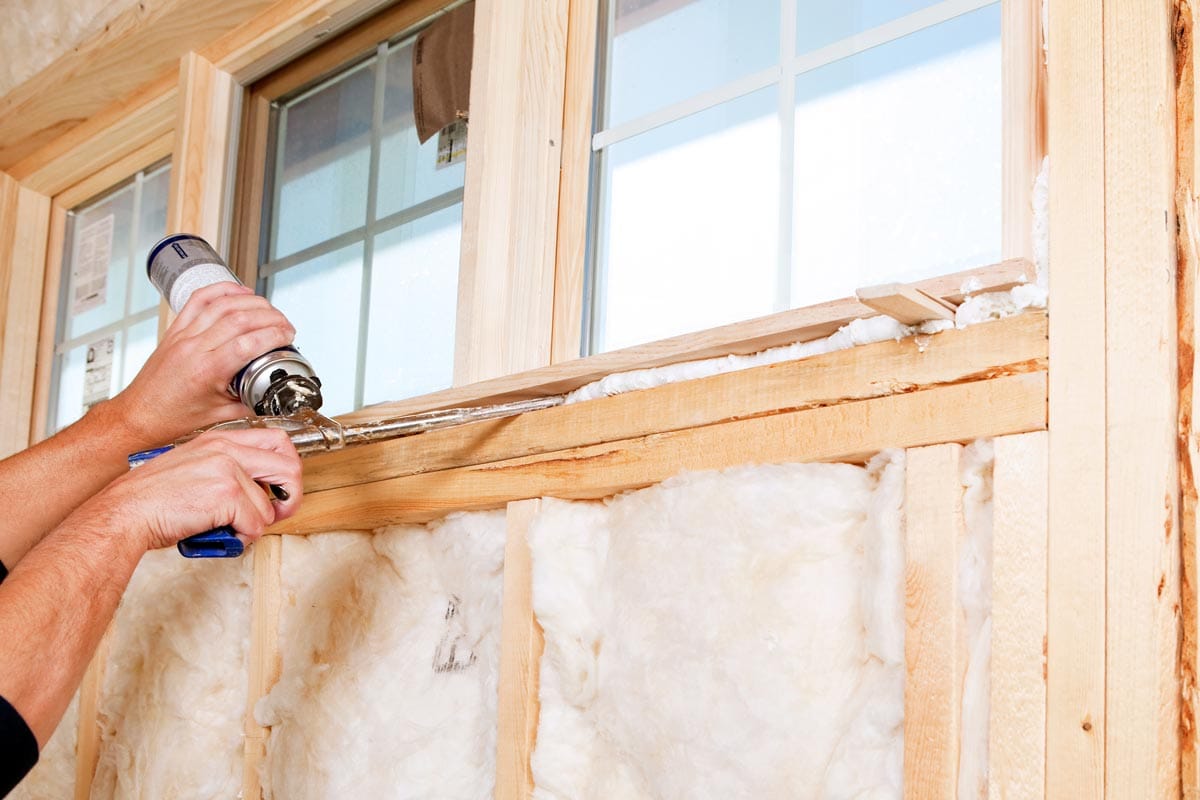
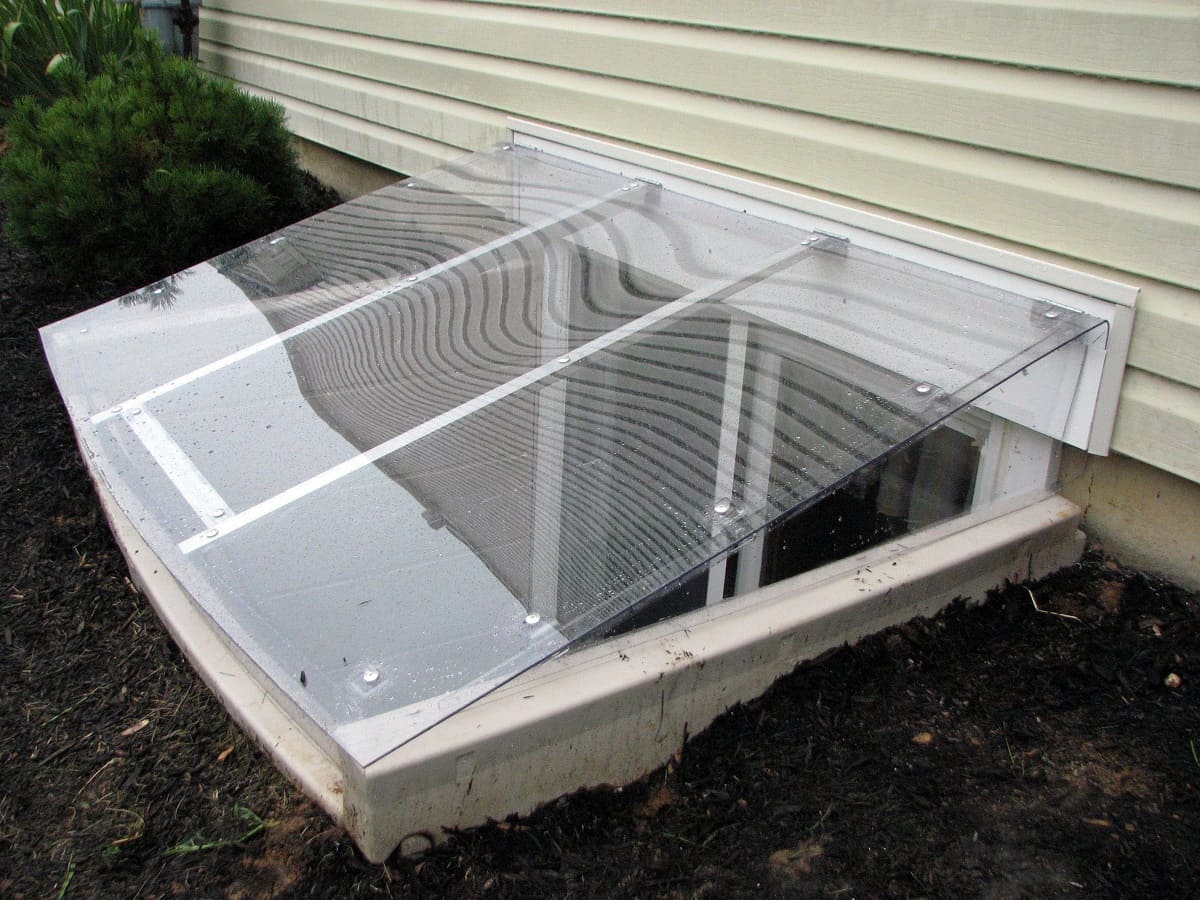
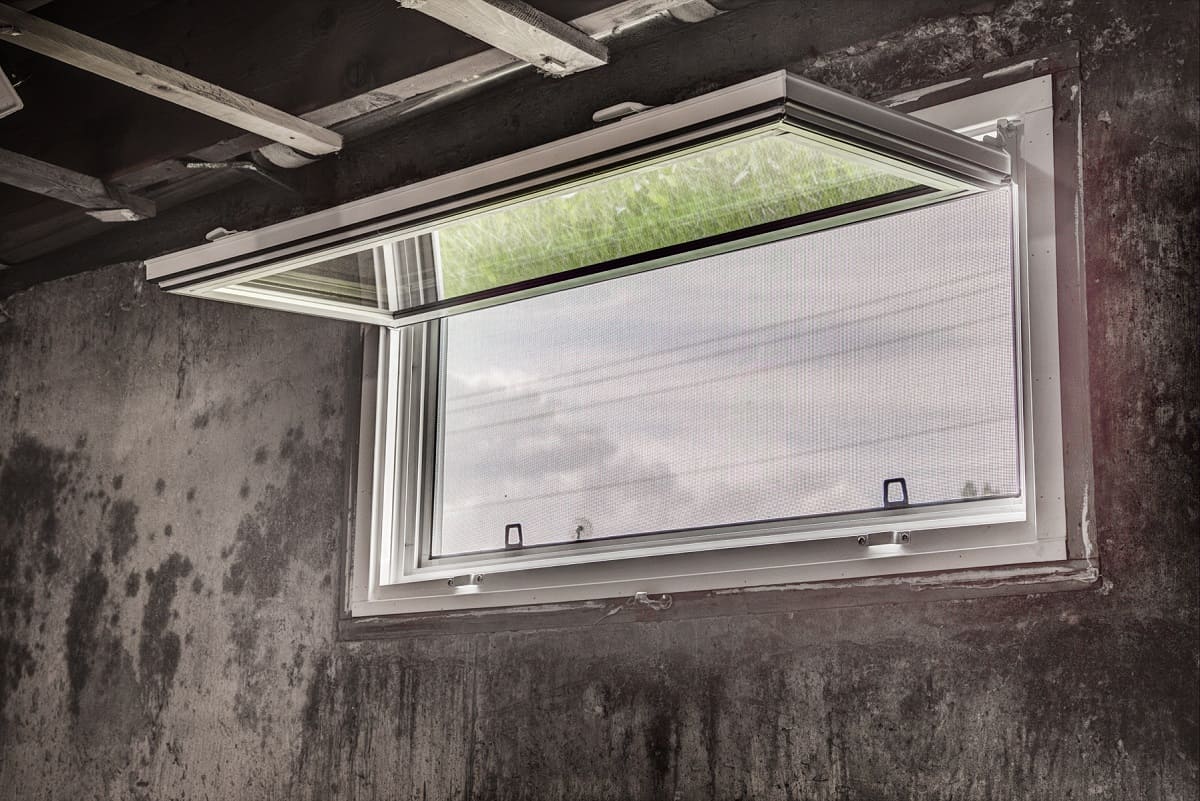
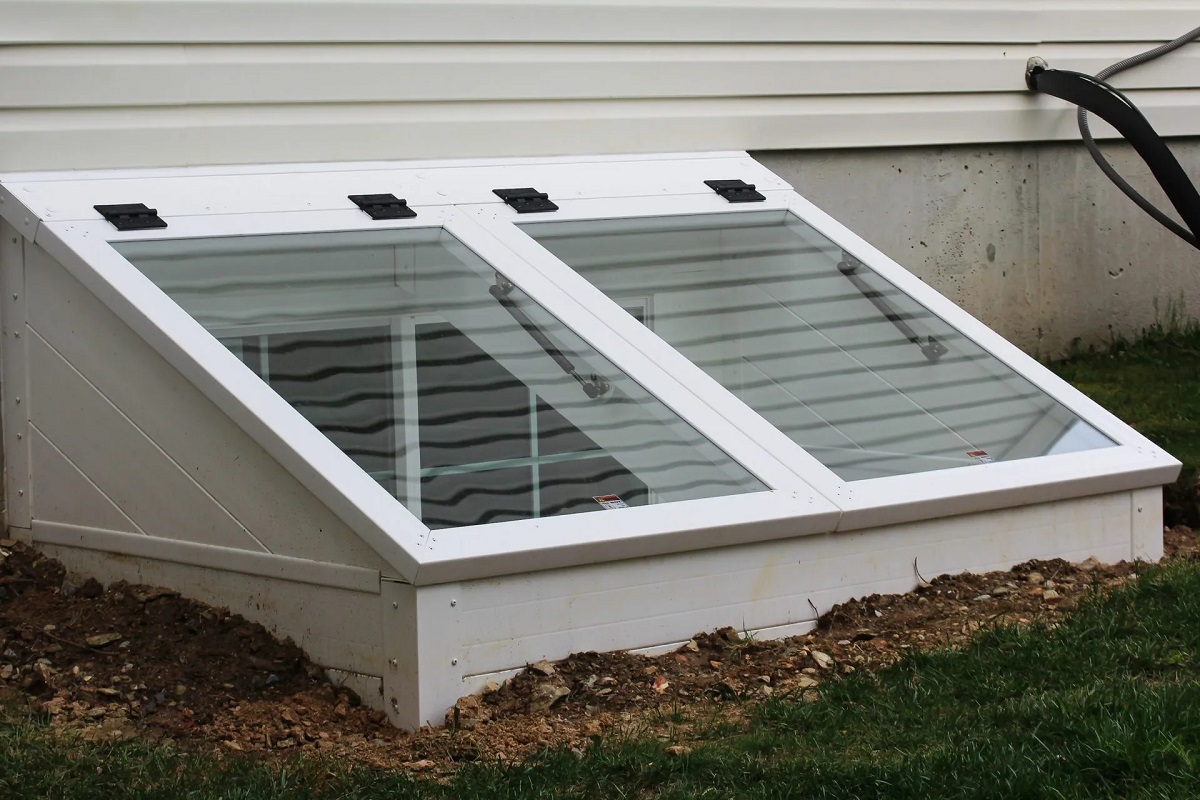
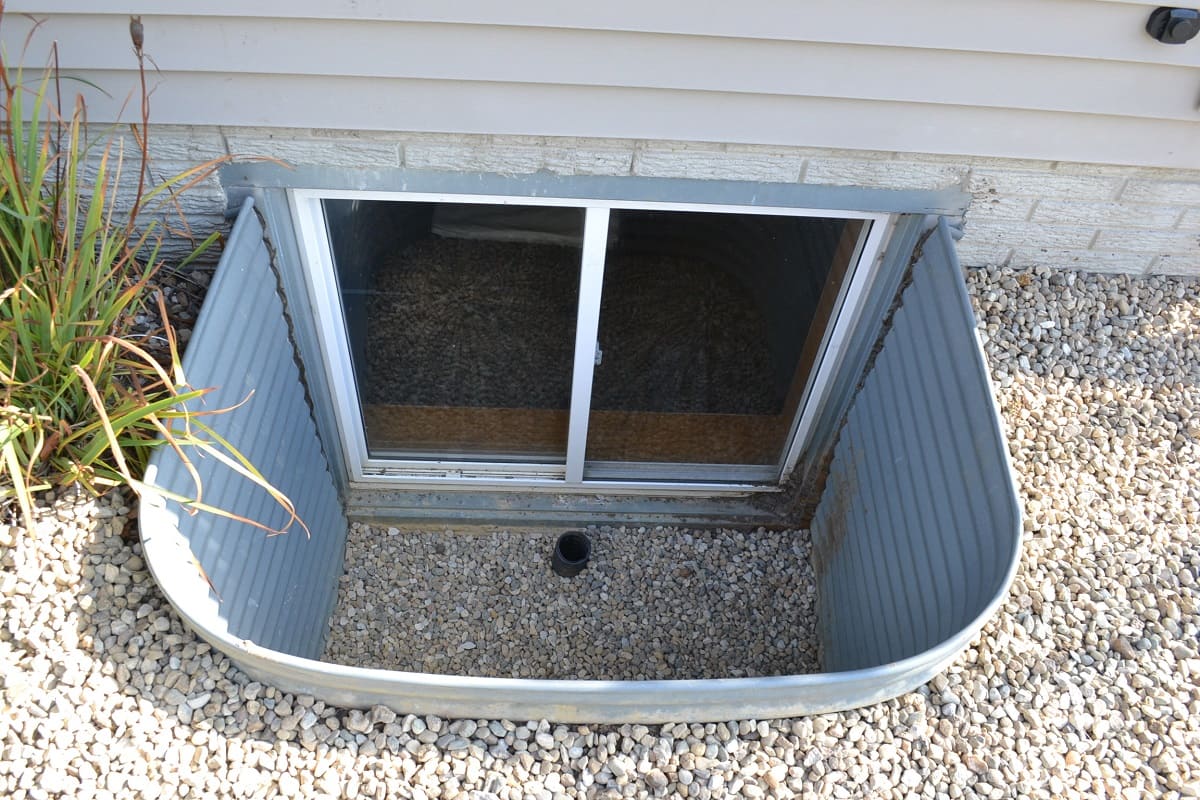
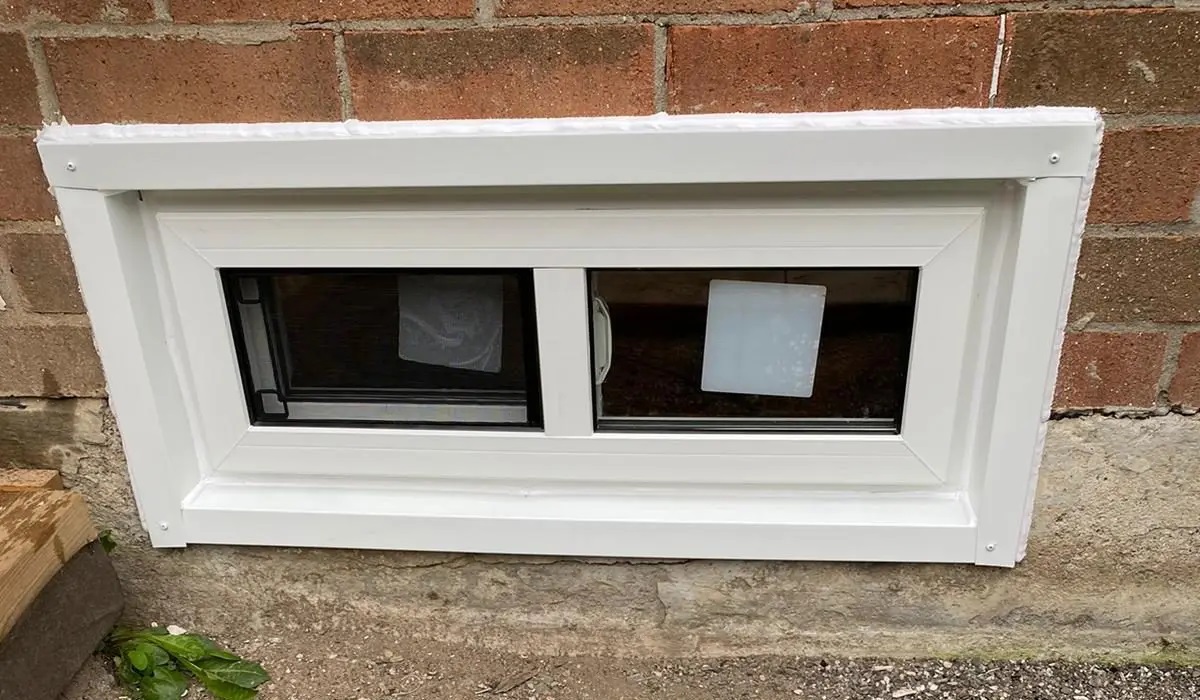

0 thoughts on “What Is A Basement Window Called”